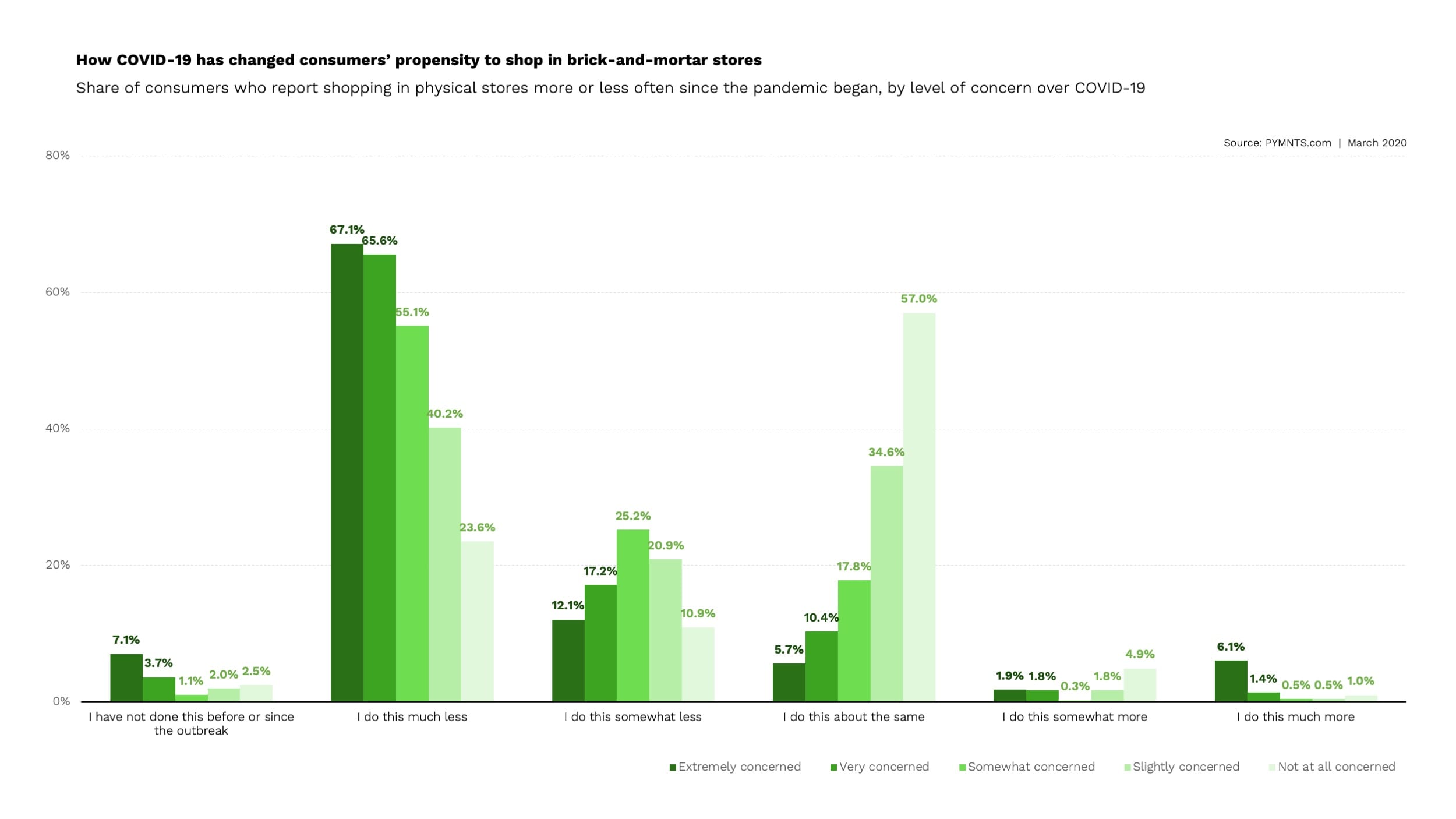America’s department stores are struggling, but some have the ability to ride out the coronavirus crisis for about eight months before liquidity becomes an issue, according to a report by CNBC.
Some stores only have enough liquidity to last five months, but some analysts say the closings probably won’t last that long. Cowen & Co. said the situation is “better than feared.”
Cowen measured available cash and measures like dividend payments, labor and rent. Labor costs eat up about 10 percent of yearly sales, and rent takes about 3 percent.
Department stores Nordstrom and JCPenney can last about eight months, and stores like Kohl’s and Macy’s can last about five, according to the report. Cowen’s forecasts are based on the retailers not bringing in any revenue from their stores.
“Liquidity becomes a significant risk factor” if the coronavirus scare lasts longer than eight months, Cowen said.
In a memo to workers earlier this week, Macy’s CEO Jeff Gennette said: “While we originally hoped to reopen our stores on April 1, that is now highly unlikely. We have no way of knowing how long our stores will remain closed, but we believe it will be at least several weeks before we have a clear line of sight. Having lost the majority of our sales with the store closures, we must take unusual measures to conserve cash throughout this crisis.”
Advertisement: Scroll to Continue
Many department stores, including JCPenney, Nordstrom, Kohl’s and Macy’s are halting stock buybacks and payments of dividends.
Nordstrom said it will be closed until at least April 5, and that it would start furloughing employees at that date for about six weeks. Workers will also be paid through that date, and they will have their benefits through the end of April.
“This is the most difficult decision we have made in our company’s long history,” CEO Erik Nordstrom said.
The department stores’ struggles come amid consumers’ growing propensity to avoid visiting brick-and-mortar stores in favor of eCommerce channels, as shown in the below chart.
 For an in-depth analysis of the pandemic’s economic impacts to date, check out PYMNTS’ special COVID-19 coverage.
For an in-depth analysis of the pandemic’s economic impacts to date, check out PYMNTS’ special COVID-19 coverage.

 For an in-depth analysis of the pandemic’s economic impacts to date, check out PYMNTS’ special
For an in-depth analysis of the pandemic’s economic impacts to date, check out PYMNTS’ special 


